Chemists and chemical engineers have created a graphene-based supramolecular gel matrix that can control how pharmaceutical compounds crystallise. The system unlocks a set of strategies to selectively prepare materials that can exist in more than one crystalline form, known as polymorphs.
Crystallisation control is a critical challenge in pharmaceutical manufacturing, as the solid form of active pharmaceutical ingredients determines their stability, solubility and bioavailability in the body. Traditional solution crystallisation techniques often struggle to direct these properties reliably, leading researchers to explore various alternative methods, one being graphene-templated crystallisation. However, graphene’s low solubility has previously limited its practical application.
Now, researchers at Durham University and East China University of Science and Technology have devised a supramolecular gel system using gelators functionalised with pyrene end groups. These pyrene units interact strongly with graphene via π–π stacking, facilitating the uniform incorporation of graphene within the gel matrix. The researchers further enhanced the solubility of the gel by introducing hydroxyl groups into the gel network to form hydroxylated graphene (Gr-OH). This hybrid system provides a unique environment for pharmaceutical crystallisation, allowing for both gel surface and gel phase crystallisation modes.
‘There’s a method to the madness in a sense that that we think about what the drug molecule looks like and what it might like to stick to. This [work] was our latest iteration – we wanted to choose a polar type of graphene, because of its high surface area and the polar groups on it,’ explains Durham’s Jonathan Steed, who led the work.
The resulting gel system is much more rigid and has a significantly lower critical gel concentration compared with standard graphene gels. Electron microscopy and fluorescence spectroscopy confirmed the gel’s structure.
Ashwini Kumar Nangia, an expert in drug design and materials chemistry at the University of Dehradun in India, calls the design of the gel template ‘very elegant and smart. ‘Gr-OH will prove to be a versatile platform to study crystallisation and polymorphism of organic molecules in a gel system,’ says Nangia. ‘It takes [the team’s work] to the higher level of optimising the π–π stacking interactions in the system, while the hydroxyl group promotes hydrophilic hydrogen bonding interactions.’
The team tested their Gr-OH hybrid gel using model compounds including glycine, caffeine and aripiprazole and found the Gr-OH hybrid gel had facilitated the formation of distinct polymorphs and accelerated the formation of crystals, especially for caffeine.
Steed hopes their gels might be useful for drug developers. ‘The area where all these gels will become useful is in the preformulation stage, [working with] a few grams or so of an active ingredient in early preclinical development, they’re wanting to do that initial search to see what forms are out there so that they can then make an intelligent selection as to how to formulate,’ says Steed.
Nangia agrees and says the work has a lot of potential. ‘The Gr-OH gelator can be used in early polymorph screens, to find new polymorphs of known substances, and to test systems which have otherwise seemed to be monomorphic so see if they can exhibit polymorphism. At a future exploration level, given the large surface area of the gel template, it may be used for cocrystal system polymorphs as well.’
Looking ahead, Steed and his team hope to expand the work to use gel morphology as a crystallisation control tool. ‘[The gels] are just an additional tool in the arsenal of emerging crystallisation methods that, hopefully, are generally applicable. They’re not specific to any one drug and these hopefully will find their place in the toolbox of crystallisation methods,’ adds Steed.
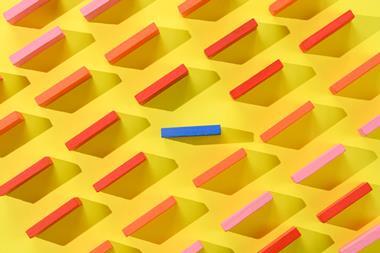
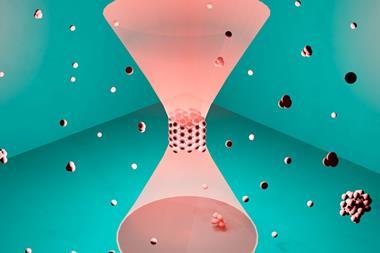

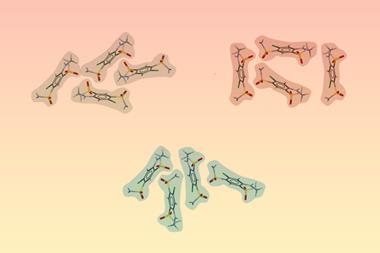

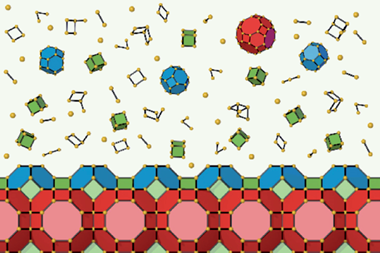
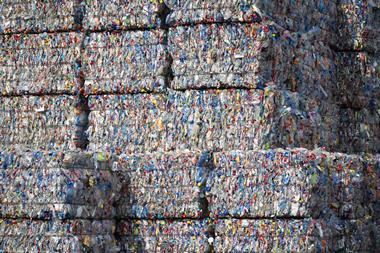
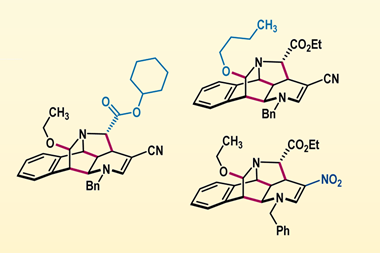
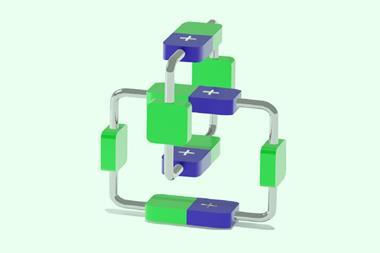
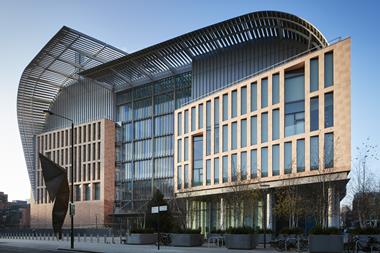


No comments yet